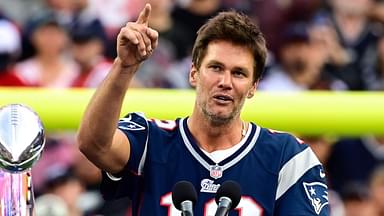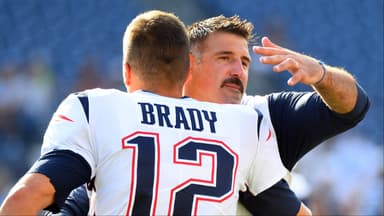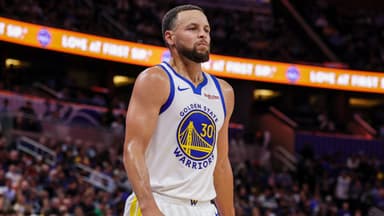Tom Brady’s association with any brand typically spells success. As the biggest name in football this century—and arguably the greatest of all time—his presence has elevated everything from franchises to fitness regimens. But in the case of Under Armour, things didn’t go according to his plan. And it wasn’t Brady’s fault. The company’s downfall stemmed from a colossal misstep by its CEO, Kevin Plank, costing Under Armour a staggering $16 billion and proving that the grass isn’t always greener on the other side.
Advertisement
Brady’s contract with Nike, the German giants, ended in 2010. But rather than renewing it, he decided to switch allegiances. Under Armour, already boasting big names like Ray Lewis and Michael Phelps, swooped in and signed the former Patriots quarterback.
Not only did Tom Brady agree to endorse their products, but he also received a financial stake in the company. At the time, it looked like a slam dunk. Under Armour was on the rise, reaching a valuation of $19 billion in 2015, even surpassing Adidas in the U.S. and seriously challenging Nike’s dominance.
But that momentum didn’t last. The turning point came when Plank shifted the company’s focus from sportswear to Silicon Valley. Under his leadership, Under Armour tried to reinvent itself as a tech company, aiming to build a “connected fitness” empire.
They spent $700 million acquiring three fitness apps—MapMyFitness, Endomondo, and MyFitnessPal—but the pivot never took hold. Instead of driving profits, the tech venture bled resources and diverted attention away from what made the company successful in the first place: performance apparel.
As the brand lost its footing in sportswear, missteps started piling up. Remember the backlash over Steph Curry’s signature sneakers? That was just one sign of deeper issues. The situation worsened with internal scandals, including allegations of sexual misconduct and a $400 million accounting investigation. Revenue growth collapsed. The fitness apps generated minimal income. And through it all, Plank remained fixated on a vision few consumers wanted.
Eventually, the backlash forced his hand. After 23 years, Kevin Plank stepped down as CEO. His successor, Patrik Frisk, made his mission clear: restore Under Armour to its roots. That meant shutting down the fitness division, selling off MyFitnessPal, and recommitting to core apparel and footwear products.
In 2015, Under Armour was the fastest-growing sportswear brand. worth $19 Billion.
They signed a deal with Steph Curry, Tom Brady & Michael Phelps.
They even dethroned Adidas.
But then they made ONE fatal decision that turned into a $16 BILLION loss.
Here’s the full story: pic.twitter.com/6tGnpensrn
— Andrew Hopper (@andrewhopper) May 17, 2025
The window to challenge Nike had already closed. Nike solidified its grip on the market with massive deals, including an NFL partnership in 2012 that runs through 2038. They also have exclusive deals with the NBA, WNBA, and MLB, leaving Under Armour with plenty of catching up to do.
Now, for the first time since 2020, Under Armour is re-entering the NFL arena. From 2006 to 2020, they held a supplier agreement with the league. In a return to familiar territory, Under Armour recently inked a long-term deal to become the NFL’s official footwear and glove partner.
But this time, they’ll have to climb the mountain without Brady. His contract with Under Armour ended shortly after his retirement, and he didn’t go back to Nike. Instead, he charted a new path.
Tom Brady merged his TB12 health, fitness, and apparel brand with NOBULL, the high-performance training brand now owned by beverage mogul Mike Repole. The partnership, formed in 2023, consolidates TB12’s legacy under a new umbrella. The combined entity now offers footwear, apparel, and nutrition products formerly branded under TB12 and Brady’s name.
The 7-time Super Bowl winner is the 2nd largest shareholder in NOBULL behind Repole, and they both aim to take the company to the same heights that Under Armour once reached. They have already signed another former Patriots QB, Mac Jones, to endorse the product.








